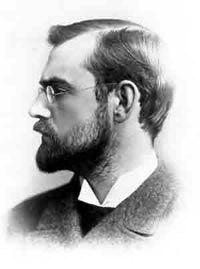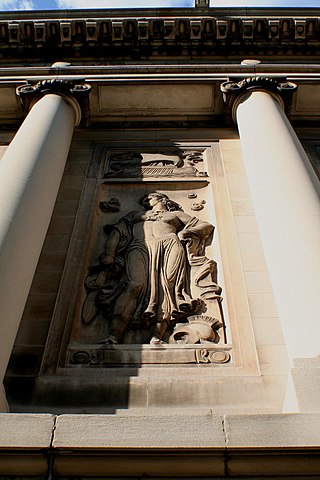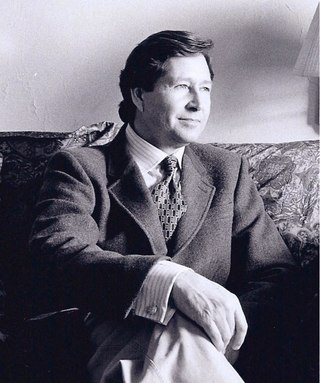
Murrells Inlet is an unincorporated area and census-designated place in Georgetown County, South Carolina, United States. The population was 7,547 at the 2010 census. It is about 13 miles south of Myrtle Beach, South Carolina and 21 miles north of Georgetown, the county seat.

Brookgreen Gardens is a sculpture garden and wildlife preserve, located just south of Murrells Inlet, in the U.S. state of South Carolina. The 9,100-acre (37 km2) property includes several themed gardens featuring American figurative sculptures, the Lowcountry Zoo, and trails through several ecosystems in nature reserves on the property. It was founded by Archer Milton Huntington, stepson of railroad magnate Collis Potter Huntington, and Anna Hyatt Huntington, his wife, to feature sculptures by Anna and her sister Harriet Randolph Hyatt Mayor, along with other American sculptors. Brookgreen Gardens was opened in 1932. It was developed on property of four former rice plantations, taking its name from the former Brookgreen Plantation, which dates to the antebellum period.

A sculpture garden or sculpture park is an outdoor garden or park which includes the presentation of sculpture, usually several permanently sited works in durable materials in landscaped surroundings.

Huntington Beach State Park is a 2500 acre coastal preserve and state park near Murrells Inlet, in Georgetown County, South Carolina. It has a large sandy beach, few beach-goers, and numerous wild birds to watch over the seasons.

The history of sculpture in the United States begins in the 1600s "with the modest efforts of craftsmen who adorned gravestones, Bible boxes, and various utilitarian objects with simple low-relief decorations." American sculpture in its many forms, genres and guises has continuously contributed to the cultural landscape of world art into the 21st century.

Archer Milton Huntington was an American philanthropist and scholar, primarily known for his contributions to the field of Hispanic studies. He founded The Hispanic Society of America in New York City, and made numerous contributions to the American Geographical Society.

Anna Vaughn Hyatt Huntington was an American sculptor who was among New York City's most prominent sculptors in the early 20th century. At a time when very few women were successful artists, she had a thriving career. Hyatt Huntington exhibited often, traveled widely, received critical acclaim at home and abroad, and won multiple awards and commissions.
Albert W. Wein (1915-1991) was an American sculptor.

Atalaya Castle, is correctly and historically known simply as Atalaya, and was the winter home of industrialist and philanthropist Archer M. Huntington and his wife, the sculptor Anna Hyatt Huntington, located in Huntington Beach State Park near the Atlantic coast in Murrells Inlet, Georgetown County, South Carolina.

Berthold Nebel (1889–1964) was an American sculptor.
Ralph J. Menconi was a prominent sculptor and medallist, who received many accolades during his lifetime. Among them were the Ellen P. Speyer award for original sculpture in 1941, the Freedom Foundation Award, the Michelangelo Award, the American Numismatic Association's Sculptor of the Year award in 1970, and the Golden Plate Award of the American Academy of Achievement in 1971. He also received an honorary Doctorate in Fine Arts from Hamilton College, Clinton, New York, in 1971. He became known as the "Sculptor of Presidents" because of the 36-medal series of the American presidents he created for Presidential Art Medals.

Frog Baby Fountain is a statue set in the middle of a fountain on the Ball State University campus. It is known as a sign of good luck and is a popular meeting place. The Frog Baby statue was cast by Edith Barretto Stevens Parsons in 1937 and has been moved several times prior to becoming what it is known as today. Frank C. Ball donated the statue to the university and it remained in the Ball State University Museum of Art until it became damaged by excessive rubbing by students, and was then packed away. In 1993, Frog Baby was restored and placed in a fountain where it resides today. The fountain is dedicated to Alexander Bracken, the son-in-law of Frank C. Ball, who was responsible for Ball State's rapid growth after World War II.

Huntington is the surname of three prominent families from the United States of America. The first was active in the eastern region; the second played an important role in the early Latter Day Saint movement, and pioneered and founded the State of Utah with Brigham Young; the third was active on both coasts and the regions linking them. All three lines descend from Simon Huntington and his wife, Margaret Baret Huntington, who emigrated to America from Norwich, England, in 1633.

This is a list of the National Register of Historic Places listings in Georgetown County, South Carolina.

Brenda Putnam was an American sculptor, teacher and author.

Lee Harold Letts, American artist, sculptor, painter and goldsmith, is primarily known for his bronze sculptures of birds and animals. His practice is based on the principles of traditional studio craftsmanship, as well as the importance of studying under a master in the manner of the American artists who studied at the École des Beaux-Arts in Paris. The beauty of nature is the primary theme of his artwork. He holds a unique position as a bronze sculptor trained as a goldsmith.

Forest Idyl is a bronze statue created in 1924 by Albin Polasek while he was head of the Sculpture Department at the Art Institute of Chicago. There are several copies of three versions of the sculpture, the locations of which are Brookgreen Gardens in South Carolina; three in Winter Park, Florida, at the Albin Polasek Museum & Sculpture Gardens and at City Hall; and in Muncie, Indiana, at Ball State University.

Cleo Hartwig was an American sculptor who worked in stone, wood, terra cotta, plaster, paper, woodcut, and ceramic. She won a number of awards, including national awards, and her work is exhibited across the northeast U.S. She is regarded as a member of The New York School.

Beatrice Irene Gilman Proske was an art historian, specifically in Spanish and American sculpture. She was an early employee of the Hispanic Society of America in New York City, with a specialty in sculpture. Her expertise expanded to American sculpture with her work at Brookgreen Gardens in South Carolina, and she died an honorary trustee. Her work also included advising the magazine of the National Sculpture Society. She was the author of preeminent studies on Spanish sculpture and American sculpture.



















